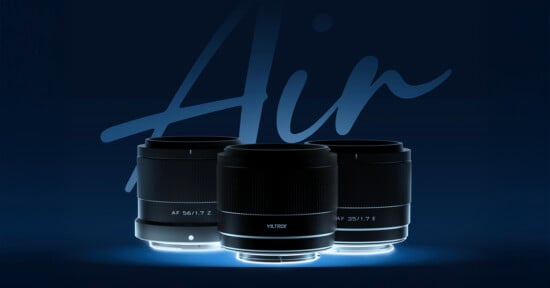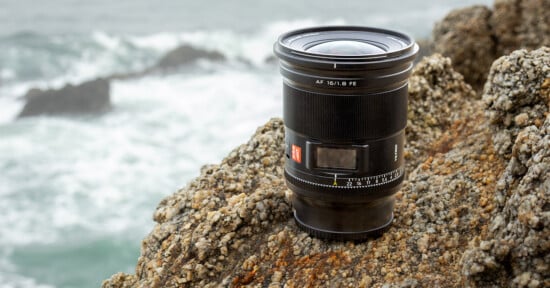Viltrox 35mm f/1.2 LAB Review: Another Budget Winner
The Nikkor 35mm f/1.2 changed my mind about the 35mm focal length. You may already know that I am quite vocal about my disdain for this particularly popular prime but the unique look that an f/1.2 aperture can provide finally won me over.
But the Nikkor is an expensive lens and photographers are clamoring for an affordable alternative. Meet the new $1,000 Viltrox LAB 35mm f/1.2 which promises to answer everyone’s prayers.
The Viltrox LAB lenses are making quite the storm in the affordable lens market. These premium optics provide the best image quality that Viltrox can offer while also keeping the costs down. The LAB series are not “cheap” but they’re definitely more affordable than the first-party alternatives and I was particularly impressed by the 135mm f/1.8 which offered excellent value for the dollar. With the 35mm f/1.2 in hand, I wanted to see if the awesome value was still there and if this lens could further change my mind about the 35mm focal length.
Viltrox 35mm f/1.2 LAB Review: How It Feels
Make no mistake, a 35mm f/1.2 lens is going to be a bulky lens no matter who makes it. However, the Viltrox does weigh slightly less than Nikon’s does at a manageable 32.45 ounces (920 grams). The lens has some girth to it and requires a 77mm filter thread to cover the front element but I was pleasantly surprised to find some room for my fingers in between the camera grip and lens frame. The Viltrox is solidly built with a strong metal frame and weather seals to keep the elements out.
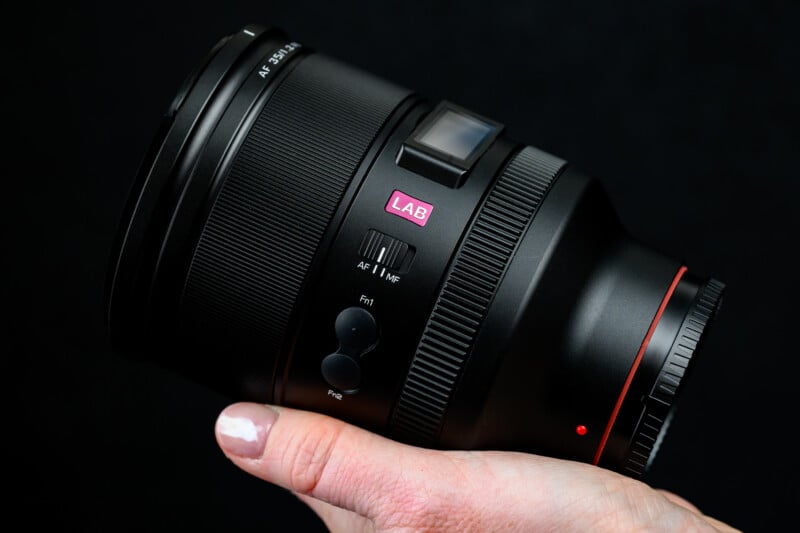
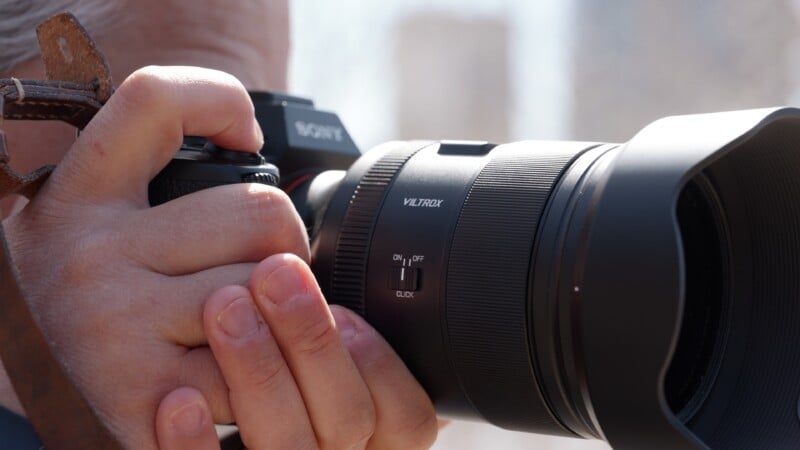
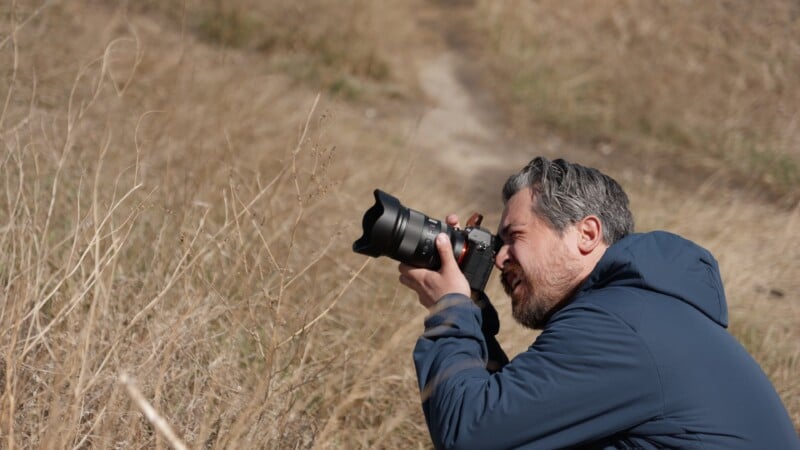
The manual focus ring turns smoothly enough and there is a selector switch to quickly go between manual focus or autofocus. Right below this switch are two customizable buttons with grippy rubber covers that were quite nice to use. The aperture ring, however, is still a serious source of frustration for me. It can be set to both clickable or smooth functionality but the click-stops are obnoxiously noisy and do not line up properly with third or half-stop increments.
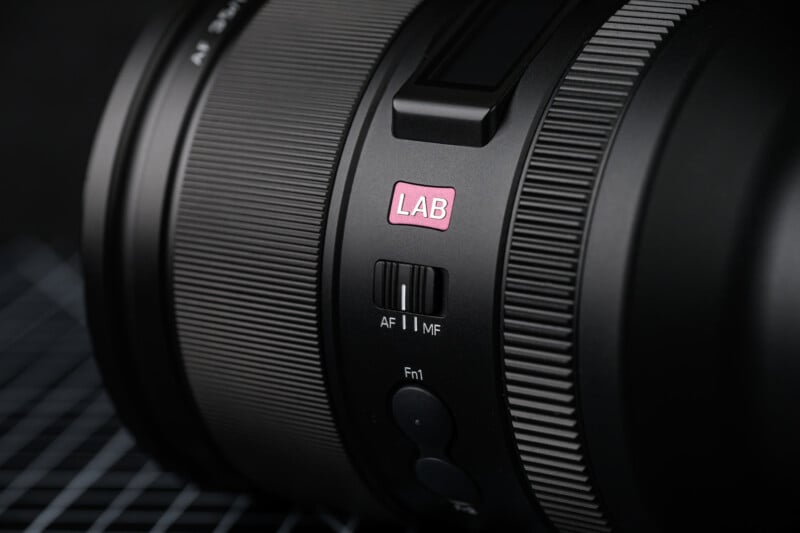
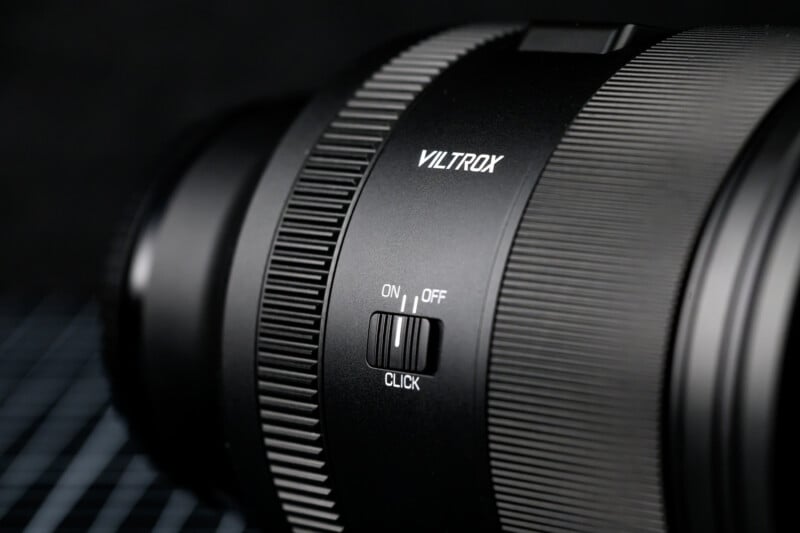
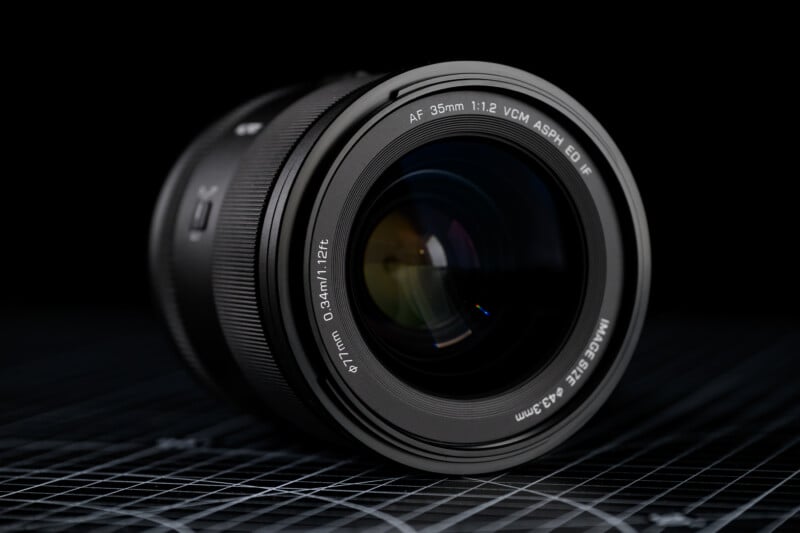
Furthermore, Viltrox opts to use a digital LCD on top of the lens which certainly adds an air of prestige but is hard to view in practice. The focusing distance is nice to see but the aperture values are small and awkward to view. This same issue is shared by the 135mm LAB lens and I feel is a real misstep. I would far prefer traditional engraved and painted values right on the lens housing which might also subsequently have brought the price down even more.
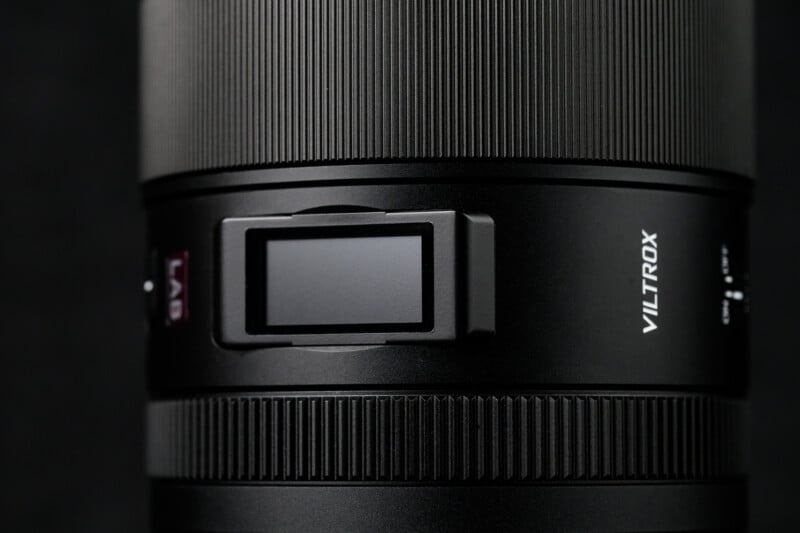
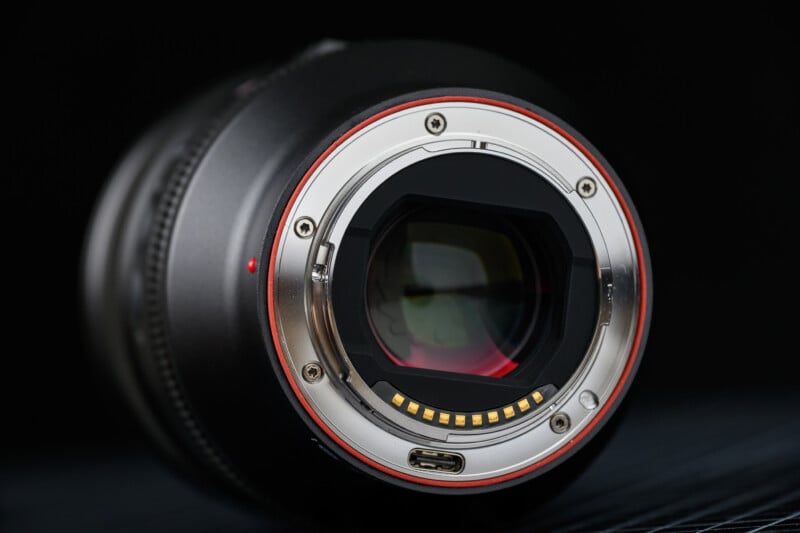

The Viltrox 35mm f/1.2 uses a voice-coil motor to push the lens elements quickly and quietly. Focus is blazing fast and seems to be able to handle any street photography or action situations adroitly. The manual focus has a fairly long throw but is smooth enough to facilitate accurate focusing, too.
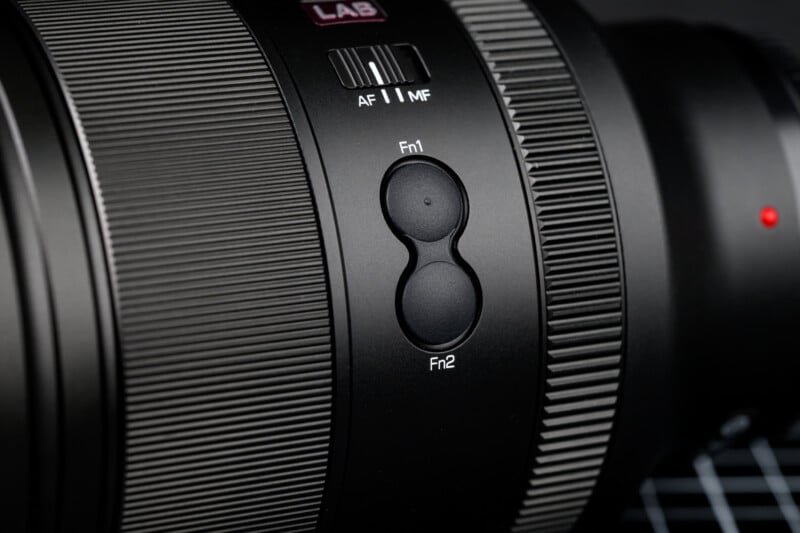

Viltrox LAB 35mm f/1.2 Full Review: How it Shoots
The sun came out in full force for our day of testing so let’s start with the flare and sunstar results. Given that the Viltrox is substantially less money than first party alternatives, we can expect to see some compromises to the image quality and lens coatings could be one of those areas. Despite this expectation, the Viltrox lens handles flare quite well and maintains excellent contrast when shooting towards bright light sources.

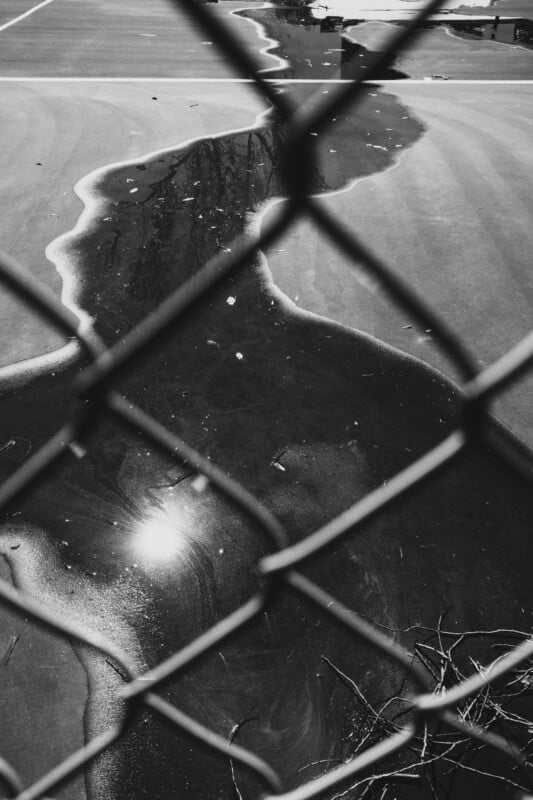
There is some ghosting present even at the widest apertures although I wouldn’t consider it egregious. When stopping the lens down to the tightest f/16 aperture, the ghosting is somewhat more pronounced although still fairly well controlled. I’m glad to see that we are avoiding the “characterful” flare results that we often see on third-party optics.

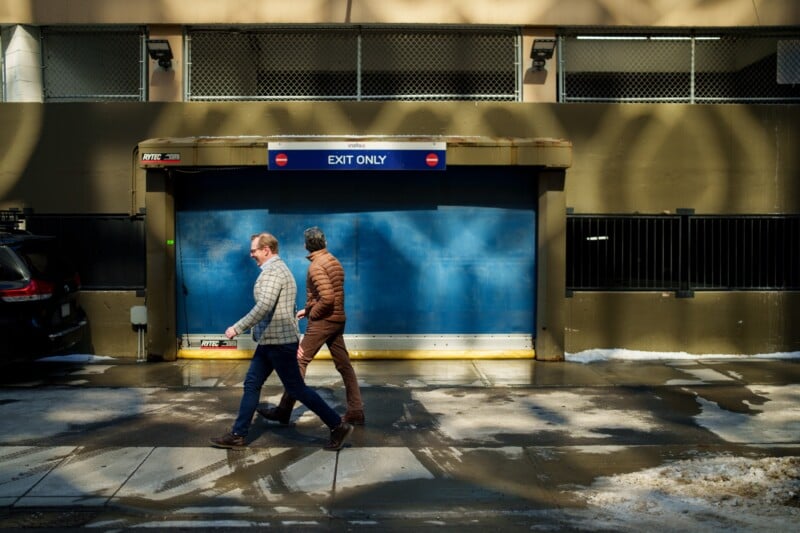
Sunstars are not really a major concern on a 35mm focal length but I was still curious to see what we could get out of it. Unfortunately, the results are very bland with no definition to the points. Again, this probably won’t bother many users but I personally like having a lens with a bit of flair for cityscapes and some landscape work.
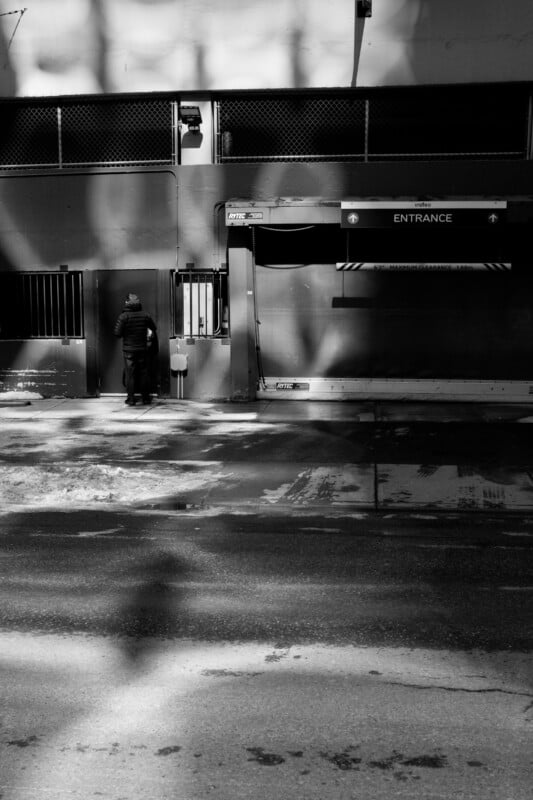

What appeals to me on a 35mm lens with such a fast aperture is the ability to make a subject stand out against a soft background. It is easy to achieve a fairly dramatic-looking backdrop with the Viltrox 35mm but how does the bokeh render?
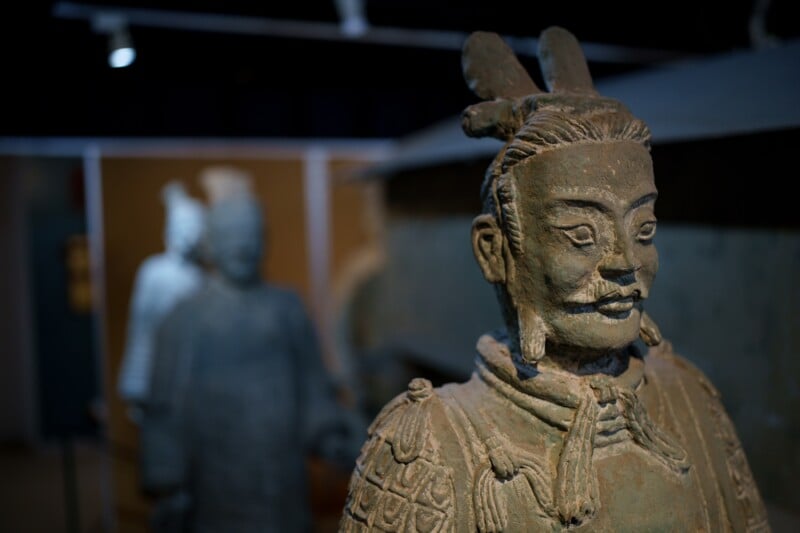
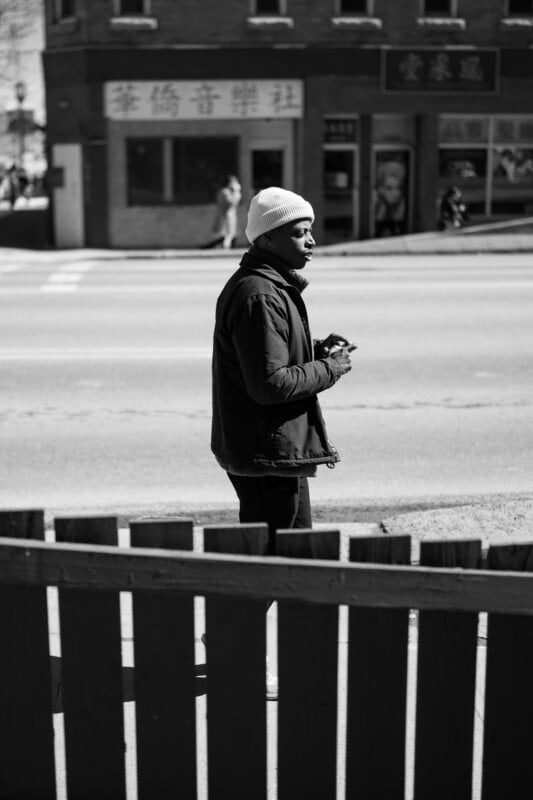
Specular highlights give a pleasing cat’s-eye effect at f/1.2 which I always enjoy when shooting portraits. The 11-bladed aperture provides circular bokeh when stopping the lens down and the overall look is pleasant. There is a bit of busyness going on in the highlights, however, and more importantly, a bright soap-bubble ring around the highlights which often leads to a harsh look.
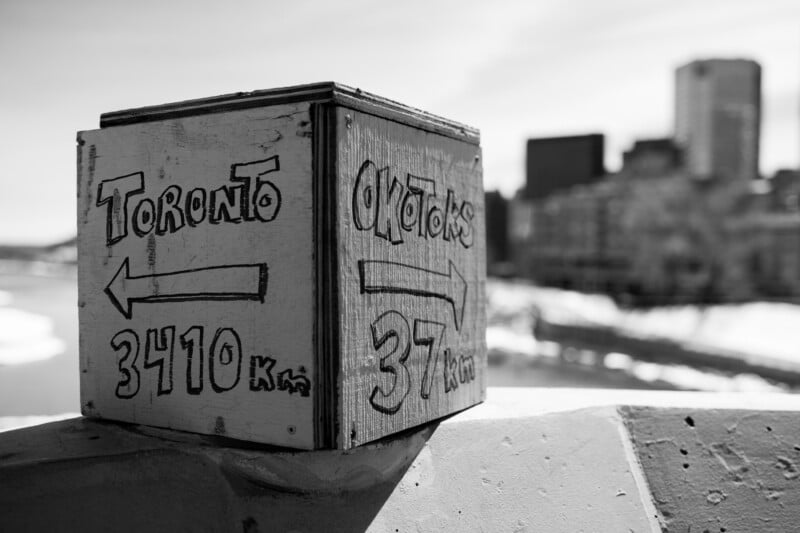
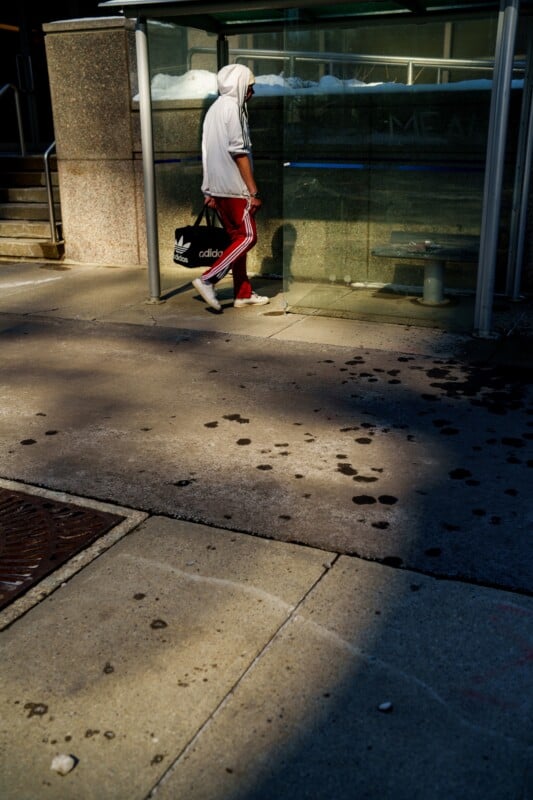
I would say that the bokeh results are “fine” overall but not outstanding in any way. Out-of-focus backgrounds have a slightly busy look but still provide a pleasingly-soft shallow depth of field. Transitions from areas of sharp focus to areas of blur are fairly smooth-looking and most photographers will find the results to be satisfactory. However, there is no doubt that the sublime look of the bokeh on the Nikkor 35mm lens is due to the extra cost involved in producing it and that is not replicated here.
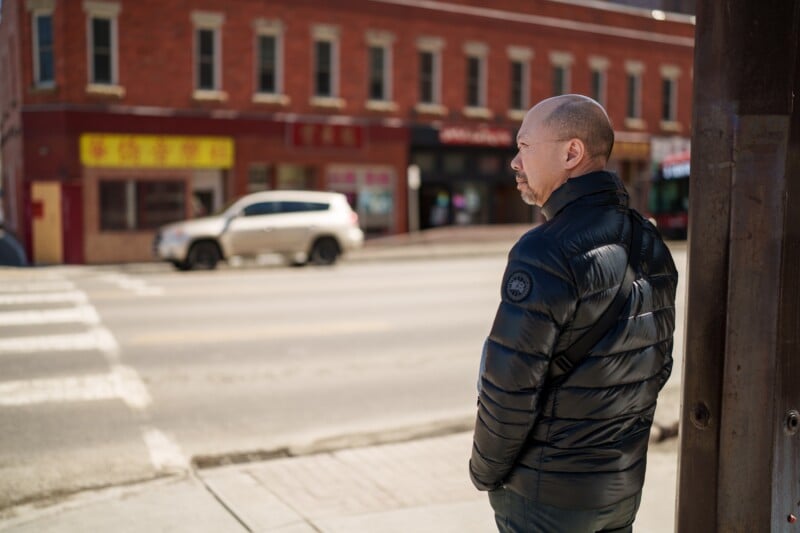

What Viltrox seems to excel at is wringing out maximum sharpness throughout the aperture range. The center of the image at f/1.2 lacks a slight bit of contrast but the detail is exceptional. Stopping down the lens to f/2.8 brings back stunning contrast to the otherwise already sharp detail.
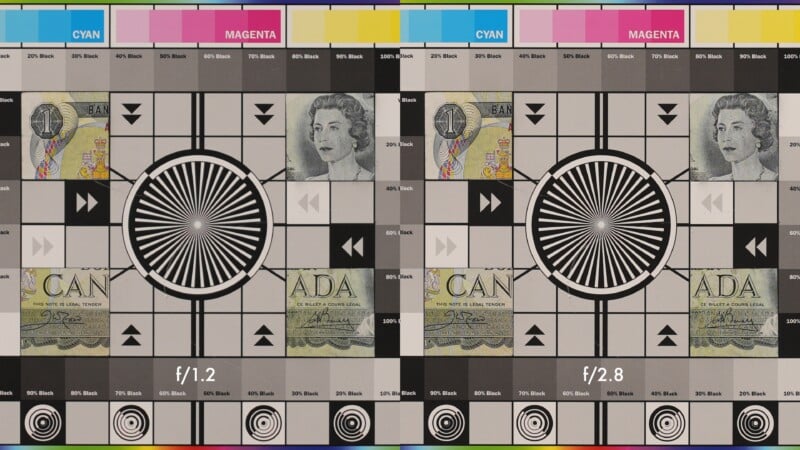

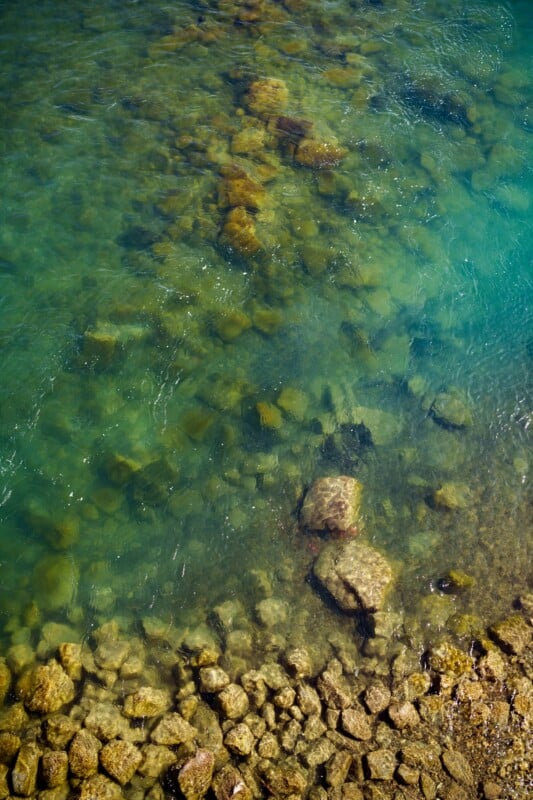
The corners show a little bit of blurriness at f/1.2 with some slight vignetting as well but this largely goes away when the aperture is stopped down slightly. I was very impressed by the inherent sharpness of this lens and found myself shooting plenty of images at f/1.2 without any concerns.
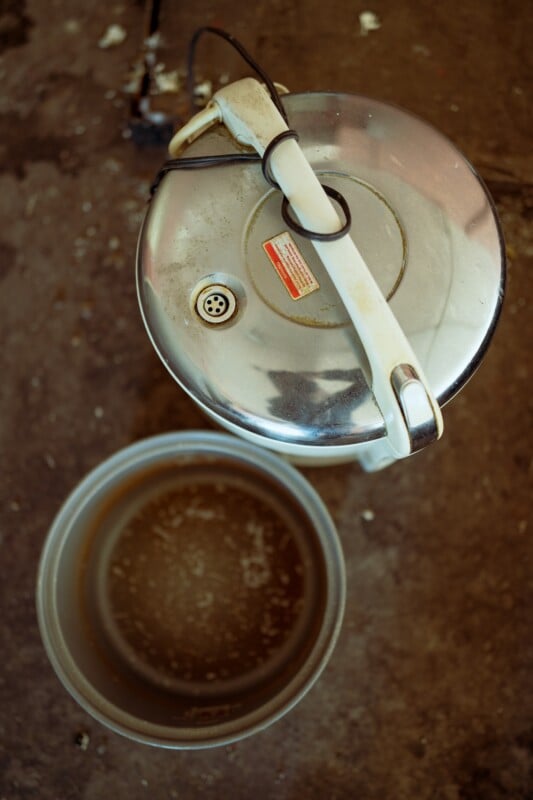
I did notice some longitudinal chromatic aberrations (LoCA) when shooting our test chart. This type of aberration can be notoriously difficult to remove from images, so we don’t like to see it. This LoCA was quite minor though, and was not much of an issue in my photos even when shooting scenes with stark contrast and shallow depth of field. In general, this lens was quite free of any disturbing chromatic aberrations.
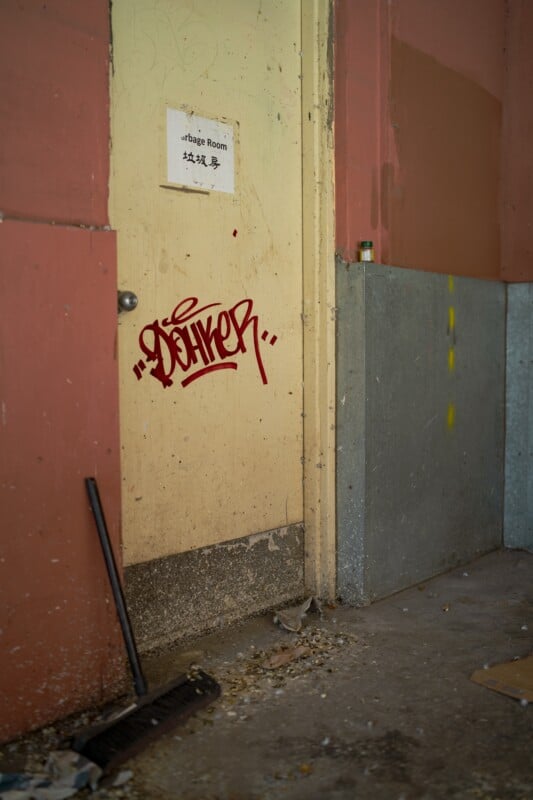

Viltrox 35mm f/1.2 LAB Review: Lab-Quality Results
So far, the Viltrox lenses I’ve reviewed have proven themselves to be excellent value while still delivering premium optical quality. The LAB lenses in particular clearly show an emphasis on providing professional-quality results without asking photographers to wield a huge budget. Let’s keep in mind that the compromises involved in making a more affordable lens are still present here even if they are minor. Still, apart from the sub-par aperture ring design, the Viltrox 35mm f/1.2 gives the unique look that I loved in the Nikkor 35mm f/1.2 and doesn’t skip enjoyable handling characteristics.
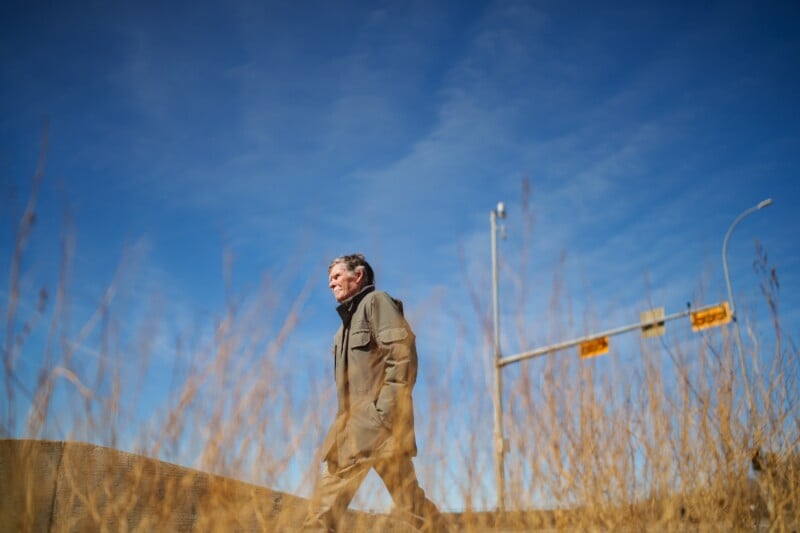
Are There Alternatives?
At the time of publication, this lens isn’t available for Nikon’s mirrorless cameras. Ho2ever, since the 135mm f/1.8 LAB eventually came to Z-mount, Nikon shooters can cross their fingers for this lens to make an appearance soon to provide an alternative to the Nikkor 35mm f/1.2 S. If that were to happen in the future, the Viltrox will offer stiff competition.
Sigma has an older 35mm f/1.2 Art lens but it seems to be on the way out. The company has announced a new version on the horizon but it will probably be substantially more money than Viltrox is asking here. Otherwise, Sony E-mount photographers will have to look to the 35mm f/1.4 GM as the closest autofocus-equipped alternative.
Should You Buy It?
Yes. Sony E-mount users should rejoice at having an affordable, ultra-fast 35mm available to them and we hope to see it on more mounts in the near future.

